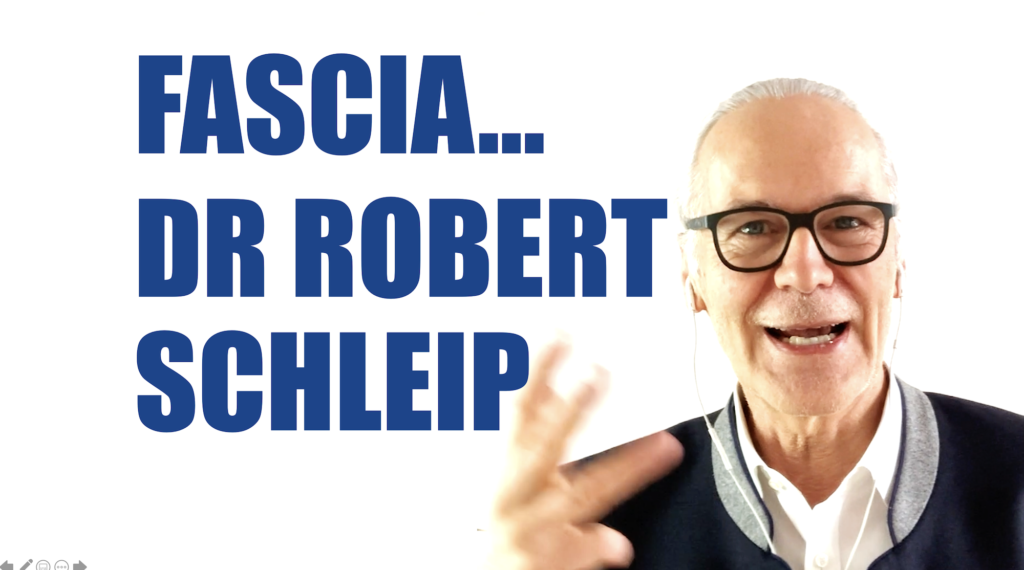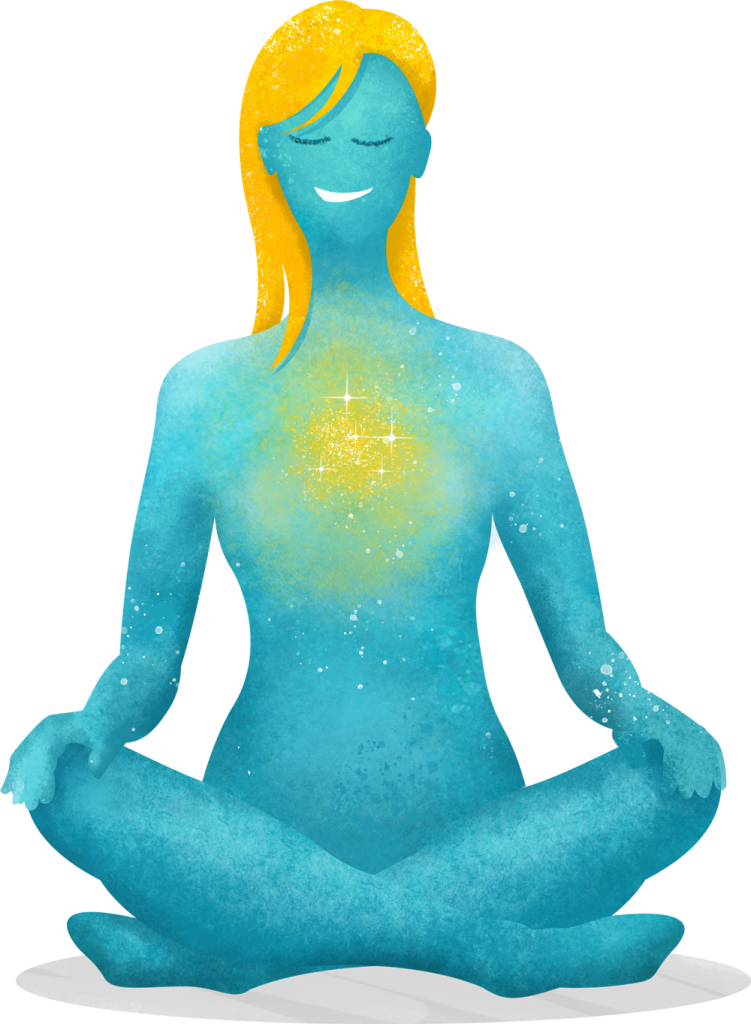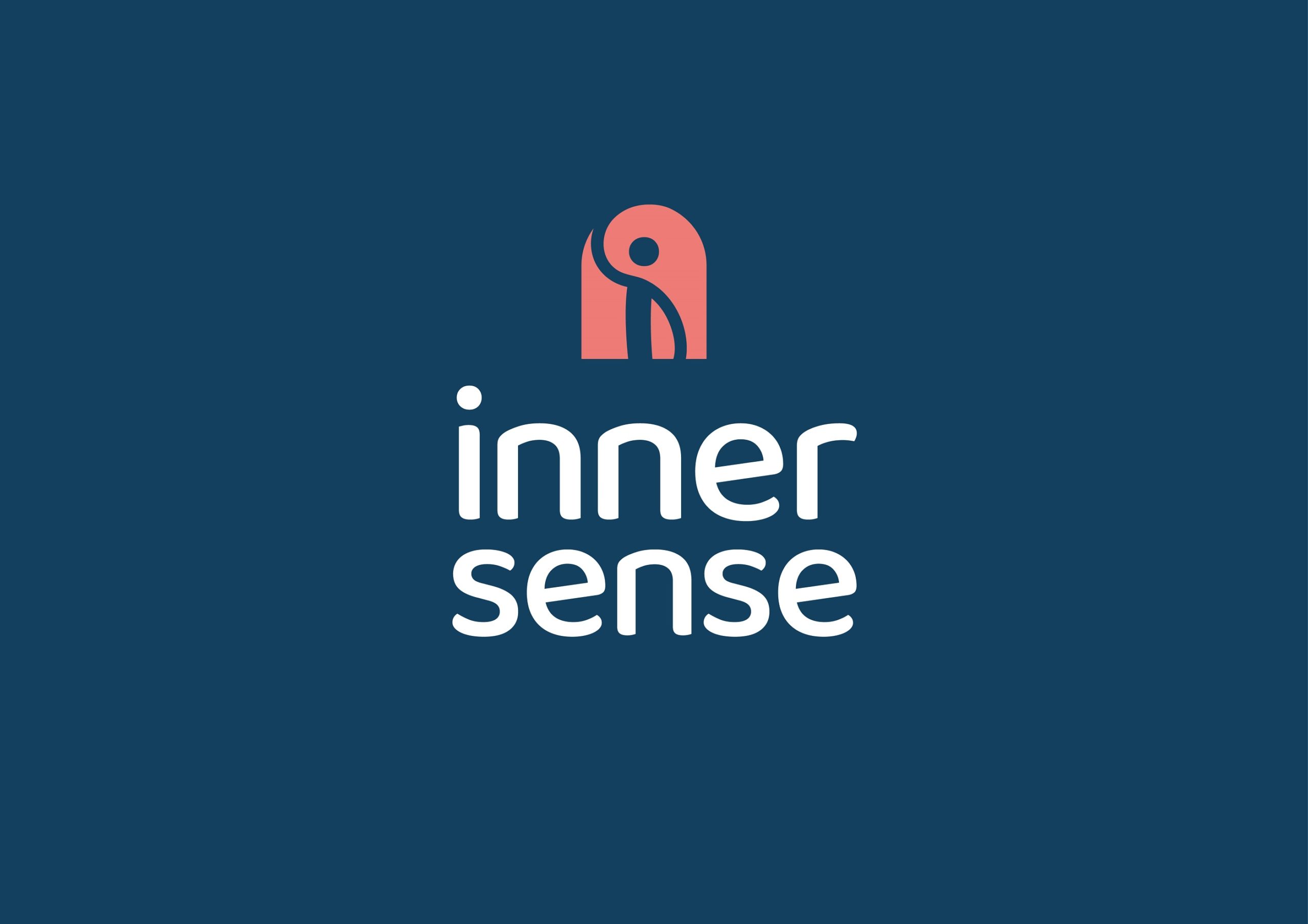I recently spoke to Dr Robert Schleip, professor at the Technical University of Munich, Germany. He’s a world-leading expert on fascia, a type of connective tissue in the body. Fascia was once considered a passive structure offering little more than mechanical support to our muscles and organs, but Dr Schleip’s research has revealed it actually contributes to our mental and physical wellbeing. Here are 6 things we learnt from our chat with him.
1. Fascia is our richest sensory organ
Perhaps Dr Schleip’s biggest discovery is finding that fascia is our richest sensory organ. Encompassing the entire body, the network has sensory receptors for pain, temperature and movement, and with 250 million nerve endings, it provides our bodies with more sensory feedback than even our eyes and skin.
2. We can stimulate the sensory receptors of fascia ourselves, and it’s beneficial
Although under our skin, we can easily stimulate fascia ourselves. Most of the nerve endings are stretch receptors, so activities like Pilates and yoga are great for activating them. You can also be creative and try your own stretches to see what works for you. Benefits of stimulating fascial sensory receptors include improved brain-muscle coordination and easier, more efficient movement.
3. Fascia plays a role in both interoception and proprioception
If you’ve read our blog before, you’ll know all about interoception. It’s the ability to sense changes from inside our bodies, for instance our heartbeat, feelings of hunger or breathing. Proprioception, on the other hand, is about how we coordinate movement of body parts – such as knowing the degree to which your elbow is flexed or how much weight you have on one foot. Fascia is unique in that it has a role in both interoception and proprioception. The full interview can be viewed below.
See the full interview below:
4. Long term stress can cause tension in the fascial network
We’ve got two systems to regulate tension in the body: the musculoskeletal and autonomic nervous system. For short instances of stress, our musculoskeletal system bursts into action. For instance, if we’re under attack, we might put our arm up to protect ourselves. It’s largely under our voluntary control and reactions happen in milliseconds.
When we’re under long-term stress, it’s the autonomic nervous system that reacts. It’s less common to control this actively, instead the system responds in a more reflexive way. Stress over an extended time can cause a tightening and shortening of our fascia. This can make us feel tense, affecting everything from our posture to resilience against injury.
5. How we breath can help reverse fascial stiffness, and so can humming
To reverse fascial stiffness, physical therapy such a stretching and foam rolling can help. But, as mentioned above, it’s also important to consider any underlying stress factors. To regulate our reaction to stress and reverse fascial stiffness, there’s probably nothing more potent than breathing. Dr Schleip recommends a breathing style where the exhalation is slightly longer than inhalation.
You can make the effect even more profound by humming whilst you breath out, which stimulates the vagus nerve. Humming helps us produce up to 15 times more nitric oxide, a gas that widens our blood vessels and gets more oxygen around the body. You can use these approaches to create a form of biofeedback to learn how changing your breathing style influences your physiology and wellbeing.
6. Bouncing movements are good for you
Dr Schleip is currently focusing his studies on elastic movements, which in general have been neglected over the years in favour of muscle strengthening and cardiovascular training. He’s found that actions like hopping, swinging and bouncing help fascia become more elastic, which helps us move more freely, remain agile and prevent injury. The effects work on our emotions too: when working with older people, Dr Schleip found that bouncing movements helped them become much more light-hearted and humorous.
Find out more
For more fascinating interviews, head over to our Inner Sense YouTube channel. And if you’d like more insights and tips on how to live in natural harmony with your body, please sign up to the Restoring Balance newsletter, you can also click on the following link to download a free chapter from my book.



